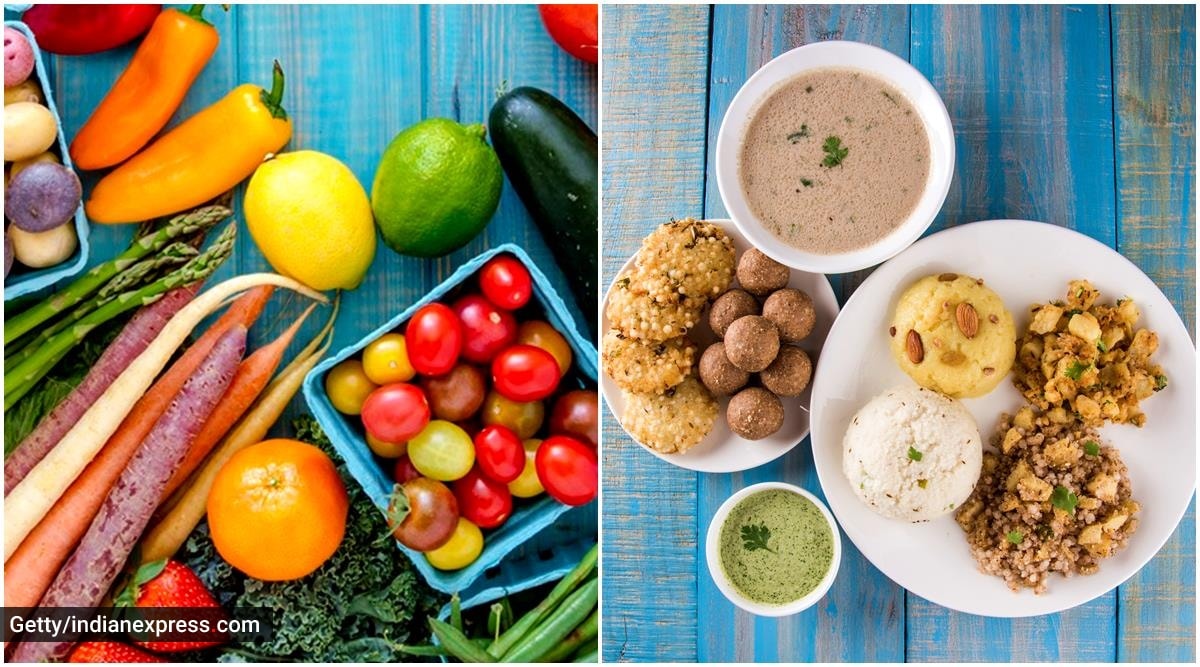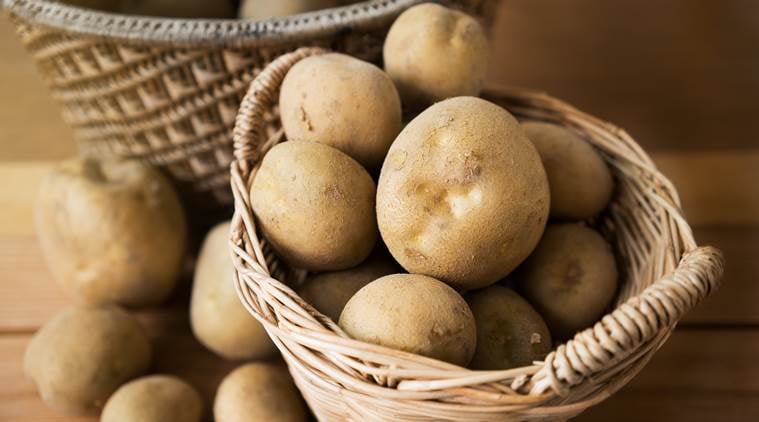Dietitian Lavleen Kaur gives a full guide to fasting right this Navratri. Check it out

Many people fast during the auspicious days of Navratri. While some observe a fast on all nine days, many others keep just two fasts. While the rules of fasting remain the same, fasting for nine consecutive days can be challenging for those who are not used to the same. To help you overcome the same and make fasting a healthy experience, here is a complete guide from dietitian Lavleen Kaur.
Take a look.
*For those who fast on all nine days, it is important to eat small meals at regular intervals. This will keep your metabolism in top shape.
*Drink a lot of water in-between meals.
*Avoid fried foods and include more yoghurt, smoothies, lassi and fruits which not only will keep you full but maintain optimum fluid levels in the body.
*Instead of fried puri or pakoras made from kuttu atta, try kuttu ki roti; replace fried aloo chat with boiled aloo chat and kheer with mixed-fruit curd or flavoured yoghurt.
*Make idli and dosa from samak ke chawal.

*Limit your potato intake to about twice a week.
*Use skimmed milk or double toned milk for dishes which require milk for cooking.
*Keep drinking water, coconut water, lemonade (without sugar), herbal teas
*Eat veggies like pumpkin and ghia in different forms like soups and curries to fill you up with fewer calories.
*Use rajgira flour to make chapattis instead of kuttu ka atta. It’s lighter and low in calories.
*Try innovative navratri recipes such as kadhi, thalipeeth and cheelas, yoghurt dip, makhane or sabudana kheer. These dishes use minimal oil and are delicious to eat too.
*Include fresh fruits in your diet in forms of salads, smoothies and raitas to keep up with your nutrition.
*Instead of munching on namkeen and pakoras, have a handful of roasted makhanas or nuts like almonds, pistachios, walnuts.
*Lower your cravings by including milk, lassi, curd in your diet. Add cucumber, lauki or tomato to your yoghurt to make it more filling.
*Juices made out of bottle gourd, tomato, apple and a little bit of ginger, provide mega shots of vitamins A, B and C, serving as antioxidants.
*Keep your portions under control.
Flours and grains allowed for Navratri fasting
Singhare ka atta (water chestnut flour)
Kuttu ka atta (buckwheat flour)
Rajgiri ka atta (amaranth flour)
Foods to be avoided for Navratri fast
*Onion and garlic.
*Lentils and legumes.
*Common salt. Instead rock salt or sendha namak also called upvaas ka namak is used.
*Turmeric (haldi), asafoetida (hing), mustard (sarson or rai), fenugreek seeds (methi dana), garam masala and dhania powder (coriander powder) .
*Alcohol and non-vegetarian food is strictly avoided during this holy period, mentioned Kaur.
ALSO READ | Feeling sluggish while fasting on Navratri? Simple ways to keep your energy levels up
Flours and grains not allowed for Navratri fasting
Rice and rice flour
Wheat flour or atta
Maida (all-purpose flour)
Sooji (rava or semolina)
Besan (chickpea flour or gram flour)
Foods to be taken
Fruits, vegetables, sabudana, kuttu ka atta, rajgira atta, swaang ke chawal, potato in moderation, milk, curd, paneer, juices, milkshakes, nuts and raisins, tea, and coffee.
For more lifestyle news, follow us: Twitter: lifestyle_ie | Facebook: IE Lifestyle | Instagram: ie_lifestyle
? The Indian Express is now on Telegram. Click here to join our channel (@indianexpress) and stay updated with the latest headlines
For all the latest Lifestyle News, download Indian Express App.
Source: Read Full Article
